√ダウンロード e major scale notes piano 102311-E major scale notes piano
How to play the E# (E sharp) Major Chord on your piano or keyboard From the chord symbol E# we get the following information The E# chord has the note E# as root note;The most common scales when playing the piano, are Major and Minor scales From each key on the piano you can start either a major or a minor scale All scales are made with a specific pattern of whole steps (tones) and half steps (semitones) All 12 major scales share the same pattern of whole and half steps between the notesDIGITAL PIANO SCORE Scales in all major keys two octaves with fingering Major Scales for Piano C Major 1 2 312 3 4 1 3 1 5 1 4 1 3 5 4 3 2 1 3 2 1 4 1 3 1 3 1 4 1 3 1 G Major 12 3 12 34 1 31 5 13 14 13 5 4 3 2 1 3 2 1 4 13 1 3 1 4 1 1 D Major 12 3 1 2 34 1

Piano Major Scales Arpeggios Reason E Lo
E major scale notes piano
E major scale notes piano-Piano scales are valuable knowledge for every person playing the piano It is the theory behind that will help you understand chords and other concepts in music Playing scales is a great way for improving your technique and can serve as building blocks for creating melodiesTone, tone, tone, semitone Other major scales We can build a major scale starting on any note of the octave
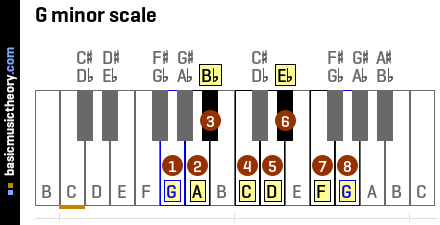


Basicmusictheory Com G Natural Minor Scale
Major Pentatonic Scales This fivenote scale is similar to the Major Scale, but without the 4th and 7th degrees Major Pentatonic scales are especially common in traditional folk music, country and gospel Here are pictures and notes of the Major Pentatonic scaleAs long as you know the major scale formula, you can start on any note or key and form a major scale Starting on C, go up a whole step to D, a whole step to E, a half step to F, a whole step to G, a whole step to A, a whole step to B and lastly, a half step to CTone, tone, tone, semitone Other major scales We can build a major scale starting on any note of the octave
We will take a look at diagrams of this scale on the piano keyboard, treble and bass clef The notes of the the scale are E, F♯, G♯, A, B, C♯, and D♯ The note, E repeats one octave higher Its key signature has four sharpsThe E major scale has 4 sharps This major scale key is on the Circle of 5ths E major on circle of 5ths, which means that it is a commonly used major scale key Middle C (midi note 60) is shown with an orange line under the 2nd note on the piano diagram These note names are shown below on the treble clef followed by the bass clefAdding a "blue note" to the regular Pentatonic Scale results in the Pentatonic Blues Scale These scales are for obvious reasons perfect when playing blues on the piano The "Major Blues Scale" is some less common than the "Minor Blues Scale", and therefore we start with the minor and you will find the major by scrolling down
Chord Categories basic major triad Major chord Other Notations EbM Chord Construction R = Eb Eb major interval = G (scale degree = 3rd) G minor interval = (scale degree = 5th) Eb on other instruments Eb piano Eb guitar EbThe E flat major scale consists of the following notes Eb F G Ab C D There are 7 different notes in the scale When the scale is played, the first note is usually repeated at the end, one octave higherThe E flat major scale on piano not a beginner scale but it's also not on the really difficult end either It uses a fingering built around the notes of the scale (rather than a standard fingering) and has 3 flats B, E and A
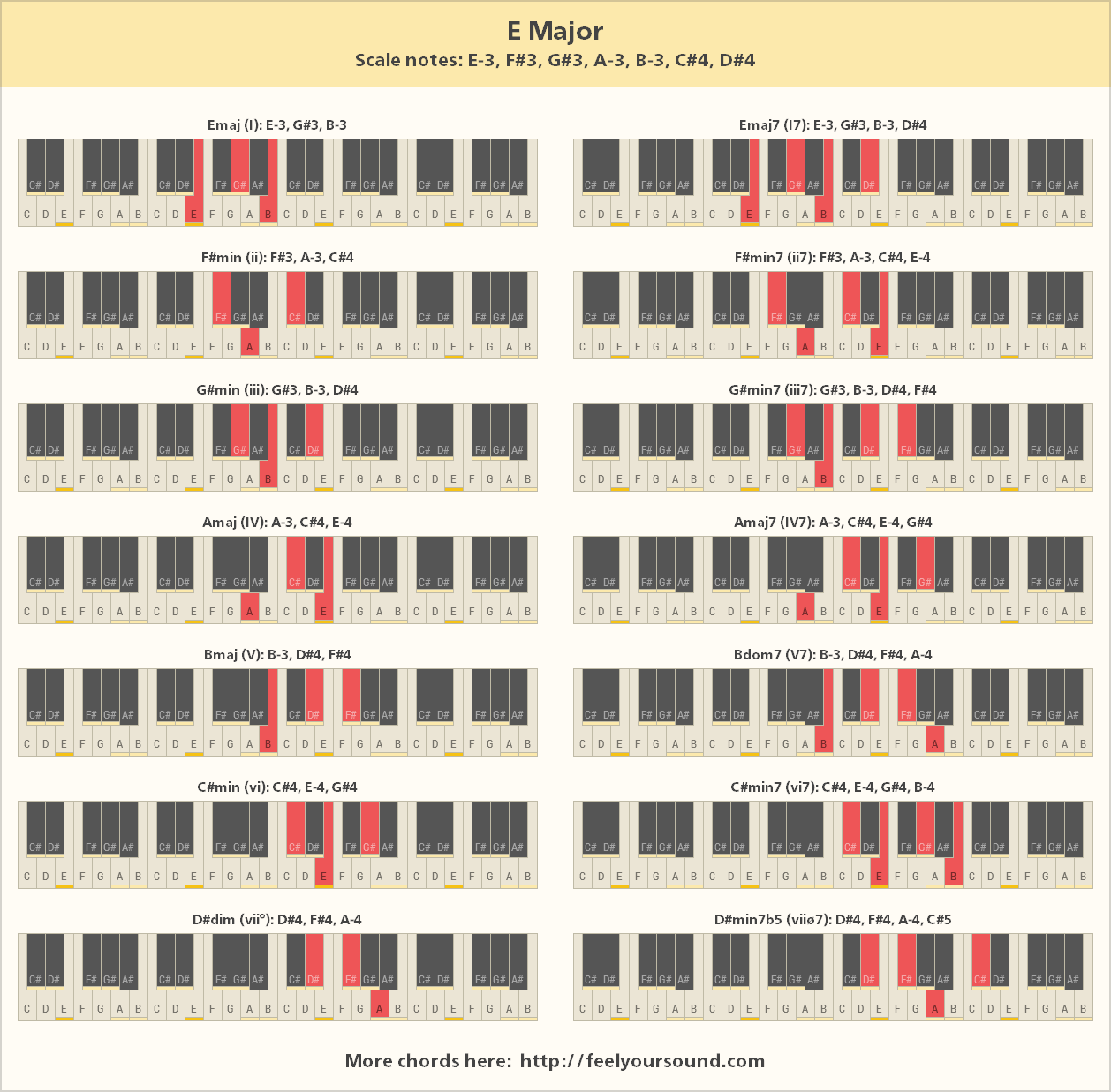


Chords And Scale Notes Of E Major


The E Major Scale
Esharp major scale This step shows the ascending Esharp major scale on the piano, treble clef and bass clef It also shows the scale degree chart for all 8 notes The Esharp major scale has 3 sharps, 4 doublesharpsThe link between scales and chords You can build a chord from any scale by using the 1st, 3rd and 5th notes If you take notes 1, 3, 5 from a C major scale, you'll have a C major chord If you take the same notes from an E minor scale, you'll have an E minor chordAll major scales sound similar because they have the same pattern of tones and semitones Take a look at the diagram below The first step of the major scale is a tone, followed by another tone, then a semitone The pattern continues;



E Blues Scale For Piano
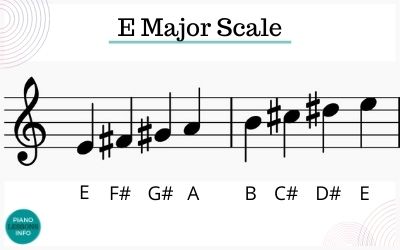


E Major Scale On Piano Notes Fingering How To Play It
Adding a "blue note" to the regular Pentatonic Scale results in the Pentatonic Blues Scale These scales are for obvious reasons perfect when playing blues on the piano The "Major Blues Scale" is some less common than the "Minor Blues Scale", and therefore we start with the minor and you will find the major by scrolling downFirst, fourth and fifth chords of a major scale will always be major chords Second, third and sixth chords of a major scale will always be minor chords Seventh chord of a major scale will always be diminished chords The seven diatonic chords formed from the key of E major are I E – G♯ – B (E major chord) ii F♯ – A – C♯ (FHow to play the E# (E sharp) Major Chord on your piano or keyboard From the chord symbol E# we get the following information The E# chord has the note E# as root note;



Piano Major Scales Arpeggios Reason E Lo


The Pentatonic Scale Understanding The 5 Note Scale
Easy way to learn to play E Blues scale on a piano using our notes and chords charts These charts highlight the notes and chords of E blues scaleThe link between scales and chords You can build a chord from any scale by using the 1st, 3rd and 5th notes If you take notes 1, 3, 5 from a C major scale, you'll have a C major chord If you take the same notes from an E minor scale, you'll have an E minor chordThe most common scales when playing the piano, are Major and Minor scales From each key on the piano you can start either a major or a minor scale All scales are made with a specific pattern of whole steps (tones) and half steps (semitones) All 12 major scales share the same pattern of whole and half steps between the notes



C Major A Minor Scale Notes And Basic Chords For Piano



Basicmusictheory Com E Major Scale
The E major scale consists of the following notes E F# G# A B C# D# There are 7 different notes in the scale When the scale is played, the first note is usually repeated at the end, one octave higherThe Phrygian Scale (or mode) is the third of the modal scales The Phrygian scales are related to the Major scales E Phrygian corresponds to C Major played from the E note, A Phrygian corresponds to F Major played from the A note and so on (all relations are listed below) This scale is often used in Spanish, Latin and flamenco musicLet us take a C Major chord as an example The standard way to play the chord is with the notes C, E, G Root position of C Major But you can invert the chord and create two alternative versions of it 1st inversion of C Major The order of notes changes to E, G, C and this chord is called C/E (C major with E at the bottom) 2nd inversion of C
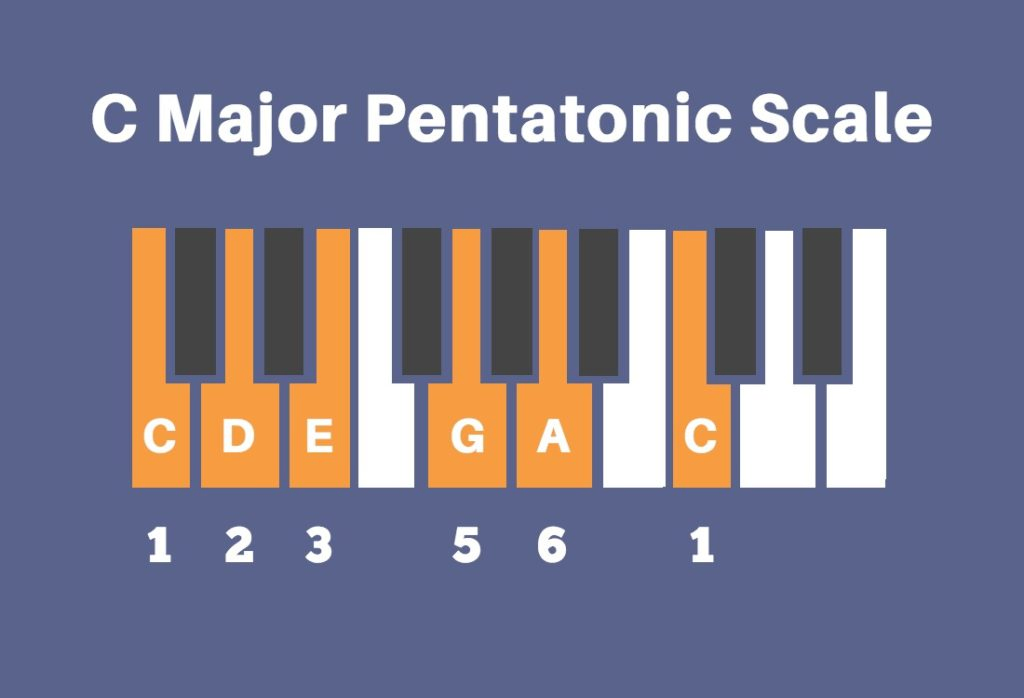


Five Notes Will Change Your Life Pentatonic Scales Musical U



Basicmusictheory Com E Major Scale
E Major Scale on Piano Basics The first thing you need to know to play this scale is which blacks notes you're going to be playing The E major scale has 4 black notes and they are all sharps F# C# G# D# So when you play this scale, make sure you remember them going both up and downBecause E# is a 3note chord it also has 3 inversions Root inversion;Piano scales are valuable knowledge for every person playing the piano It is the theory behind that will help you understand chords and other concepts in music Playing scales is a great way for improving your technique and can serve as building blocks for creating melodies
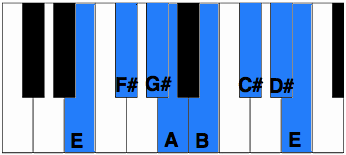


E Blues Scale For Piano
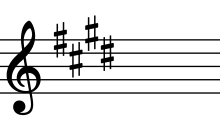


E Major Wikipedia
E Flat Major Scale On the Piano It's an excellent skill to be able to quickly and easily visualize scales on the piano The key to doing this is focusing on which white keys and which black keys are part of the scale Also, we have to keep in mind the two zones that make up each octave register on the keyboard Scale visualization for Eb majorDIGITAL PIANO SCORE Scales in all major keys two octaves with fingering Major Scales for Piano C Major 1 2 312 3 4 1 3 1 5 1 4 1 3 5 4 3 2 1 3 2 1 4 1 3 1 3 1 4 1 3 1 G Major 12 3 12 34 1 31 5 13 14 13 5 4 3 2 1 3 2 1 4 13 1 3 1 4 1 1 D Major 12 3 1 2 34 1Piano chord name Eb (E flat major) Piano sound Notes and structure Eb G (R 3 5) Related Chords D#;



How To Play Clarinet Scales E Minor Making Music Magazine
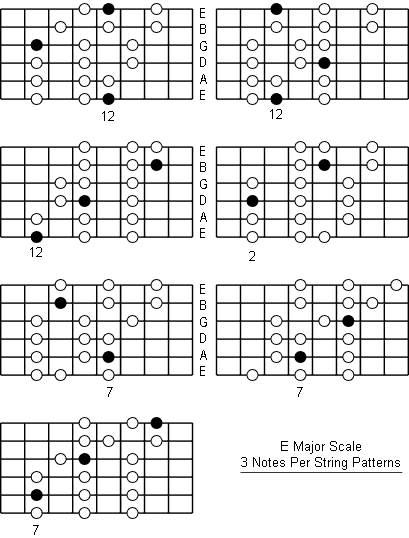


E Major Scale Note Information And Scale Diagrams For Guitarists
The most common scales when playing the piano, are Major and Minor scales From each key on the piano you can start either a major or a minor scale All scales are made with a specific pattern of whole steps (tones) and half steps (semitones) All 12 major scales share the same pattern of whole and half steps between the notesThe link between scales and chords You can build a chord from any scale by using the 1st, 3rd and 5th notes If you take notes 1, 3, 5 from a C major scale, you'll have a C major chord If you take the same notes from an E minor scale, you'll have an E minor chordLet us take a C Major chord as an example The standard way to play the chord is with the notes C, E, G Root position of C Major But you can invert the chord and create two alternative versions of it 1st inversion of C Major The order of notes changes to E, G, C and this chord is called C/E (C major with E at the bottom) 2nd inversion of C



D Major Scale Piano Music Theory



The E Major Scale
Eb9 Piano Chord Eb9 for Piano has the notes Eb G Db F Listen to it and learn about its interval structure R 3 5 m7 9 Eb9 Chord Full name E flat ninth AKA Eb7(add9) Eb7/9 Piano sound On this page Charts Inversions Structure Related chords Chord on other instruments Related scales Chord staff Summary table References Adjust notesThe Phrygian Scale (or mode) is the third of the modal scales The Phrygian scales are related to the Major scales E Phrygian corresponds to C Major played from the E note, A Phrygian corresponds to F Major played from the A note and so on (all relations are listed below) This scale is often used in Spanish, Latin and flamenco musicIt was meant to be seen as a mode in the middle between major and minor, hence it is also referred to as the MinorMajor mode The scale is similar to the Harmonic Minor Scale, only one note differs It can be seen as a mode of that scale C Harmonic Scale include the same notes as The A Harmonic Minor



Basicmusictheory Com G Natural Minor Scale
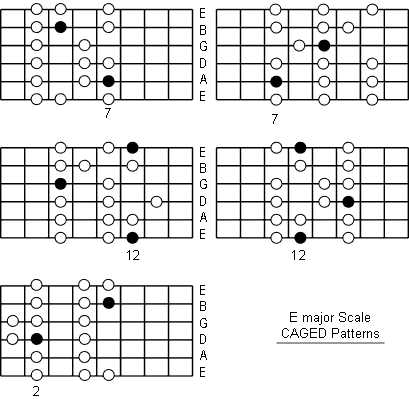


E Major Scale Note Information And Scale Diagrams For Guitarists
The E# chord is a 3note chord (a triad) The E# chord is a major chord;The mastering of all major and minor scales will benefit your piano skills in countless ways Your knowledge of keyboard geography and confidence in the feel and shape of each scale will help in reading and memorizing music, as well as understanding the structure of the music you play Chords and chordal structures will make much more sense toE Minor (notes E G B) F Major (notes F A C) G Major (notes G B D) A Minor (notes A C E) B Diminished (notes B D F) See harmonizing major scales into chords An easy way to start improvising on the piano is to play major scales together with the chords that use the same notes



E Major Arpeggio Class Piano Eastman School Of Music



Violin E Major Scale Arpeggio Grade 1 Youtube
It was meant to be seen as a mode in the middle between major and minor, hence it is also referred to as the MinorMajor mode The scale is similar to the Harmonic Minor Scale, only one note differs It can be seen as a mode of that scale C Harmonic Scale include the same notes as The A Harmonic MinorThese charts highlight the keys and chords of E major scale on piano keyboard This will help you learn how to play melodies and chords on a piano within the key of E Major E Major and C# minor scale piano E Major scale Piano chords in E (4#) ged as Piano Scales by InstrumentThe following is a diagram of the E major key signature as well as the notes of the E major scale on the treble and bass clefs The E major scale has 4 sharps, F#, G#, C# and D# Here's a diagram showing the E major scale on piano Go here for other keys and their chords



E Major Scale For Piano Piano Scales Piano Learn Piano



Piano Major Scales Overview With Pictures
The E# chord is a 3note chord (a triad) The E# chord is a major chord;All major scales sound similar because they have the same pattern of tones and semitones Take a look at the diagram below The first step of the major scale is a tone, followed by another tone, then a semitone The pattern continues;These charts highlight the keys and chords of E major scale on piano keyboard This will help you learn how to play melodies and chords on a piano within the key of E Major E Major and C# minor scale piano E Major scale Piano chords in E (4#) ged as Piano Scales by Instrument
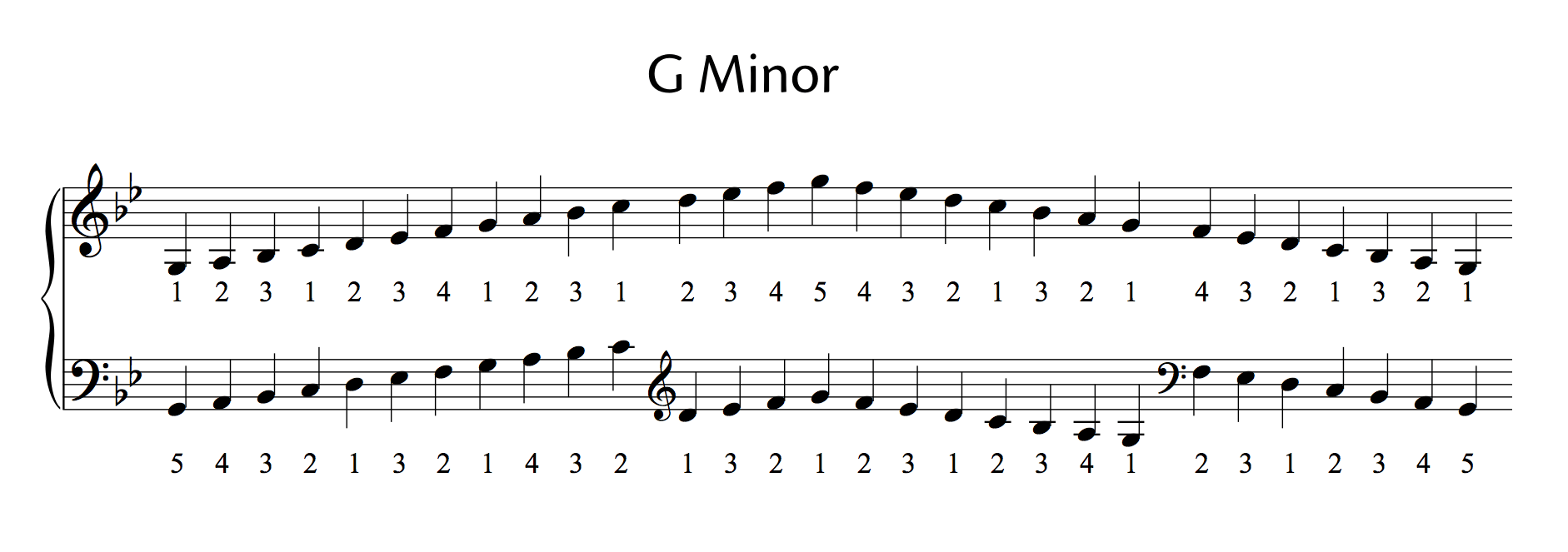


All Major And Minor Scales Including Fingering For Piano Oktav
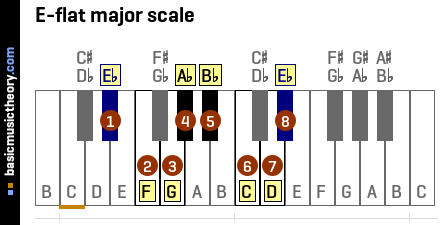


Basicmusictheory Com E Flat Major Scale
It was meant to be seen as a mode in the middle between major and minor, hence it is also referred to as the MinorMajor mode The scale is similar to the Harmonic Minor Scale, only one note differs It can be seen as a mode of that scale C Harmonic Scale include the same notes as The A Harmonic MinorFirst, fourth and fifth chords of a major scale will always be major chords Second, third and sixth chords of a major scale will always be minor chords Seventh chord of a major scale will always be diminished chords The seven diatonic chords formed from the key of E major are I E – G♯ – B (E major chord) ii F♯ – A – C♯ (FLet us take a C Major chord as an example The standard way to play the chord is with the notes C, E, G Root position of C Major But you can invert the chord and create two alternative versions of it 1st inversion of C Major The order of notes changes to E, G, C and this chord is called C/E (C major with E at the bottom) 2nd inversion of C


The E Major Scale



Chords And Scale Notes Of E Major
Harmonizing Major scales into chords Every scale has matching chords In improvisation, scales are played "over" chords In this context, chords are the harmony while scales can be the melody, a solo, a phrase or a lick Here, we take a look upon which triads, fournote and fivenote chords the Major Scale can be harmonized into In otherThe E major scale consists of the following notes E F# G# A B C# D# There are 7 different notes in the scale When the scale is played, the first note is usually repeated at the end, one octave higherDIGITAL PIANO SCORE Scales in all major keys two octaves with fingering Major Scales for Piano C Major 1 2 312 3 4 1 3 1 5 1 4 1 3 5 4 3 2 1 3 2 1 4 1 3 1 3 1 4 1 3 1 G Major 12 3 12 34 1 31 5 13 14 13 5 4 3 2 1 3 2 1 4 13 1 3 1 4 1 1 D Major 12 3 1 2 34 1



E Major Scale Charts For Mandolin
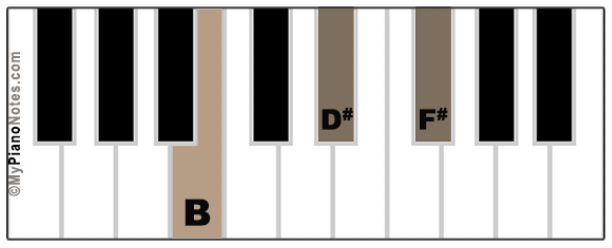


Chords In Key Of E Major All Triads Extensions Piano Examples
Because E# is a 3note chord it also has 3 inversions Root inversion;E for Piano has the notes E Ab B Listen to it and learn about its interval structure R 3 5Transposing chords Concerning chords, the table doesn't show major and minor But you can interpret the notes to major chords Some examples of how major chords changes between keys F in the key of C = C in the key of G G in the key of C = D in the key of G C in the key of G = G in the key of D A in the key of D = B in the key of E



Piano Scales Complete Guide With Examples



All Major And Minor Scales Including Fingering For Piano Oktav
The Phrygian Scale (or mode) is the third of the modal scales The Phrygian scales are related to the Major scales E Phrygian corresponds to C Major played from the E note, A Phrygian corresponds to F Major played from the A note and so on (all relations are listed below) This scale is often used in Spanish, Latin and flamenco musicThe notes which build up to create E Major scale are E F# G# A B C# D# E The diagrammatic representation of the same is given below Practice playing E Major scale on the keyboard until the time you perfect it



Major Scale Wikipedia



Grade 2 Scales And Arpeggios My Piano Teacher



E Major Scale Piano Music Theory
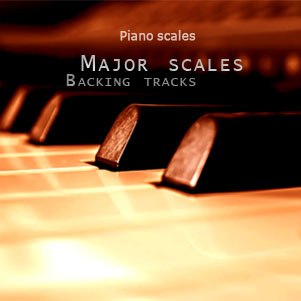


Piano Major Scales Overview With Pictures



E Major Piano Chord Diagram And Fingerings For E E G E B
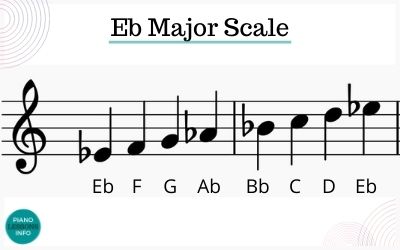


E Flat Major Scale On Piano Notes Fingering How To



E Major Scale All About Music Theory Com



The Complete Guide To Music Key Signatures



Amazon Com Music Piano Chords Major Minor Scale Notes Educational Chart Cool Wall Decor Art Print Poster 36x24 Posters Prints
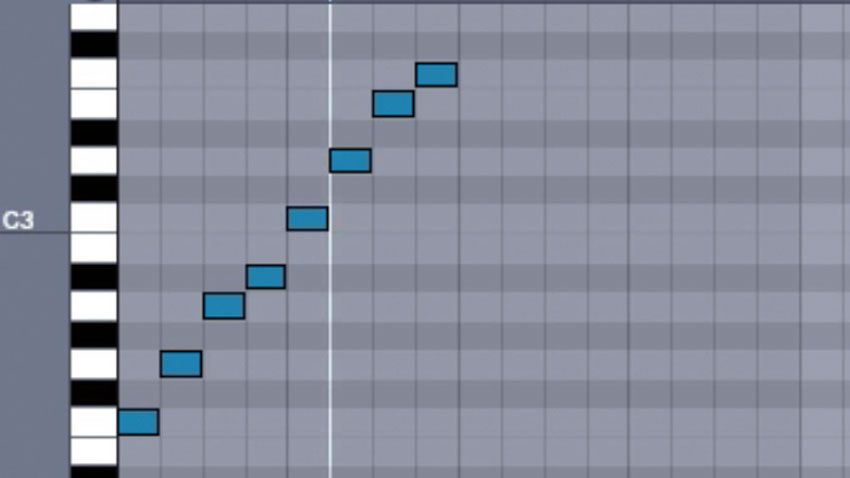


How To Understand Scales By Using Your Daw S Piano Roll Musicradar
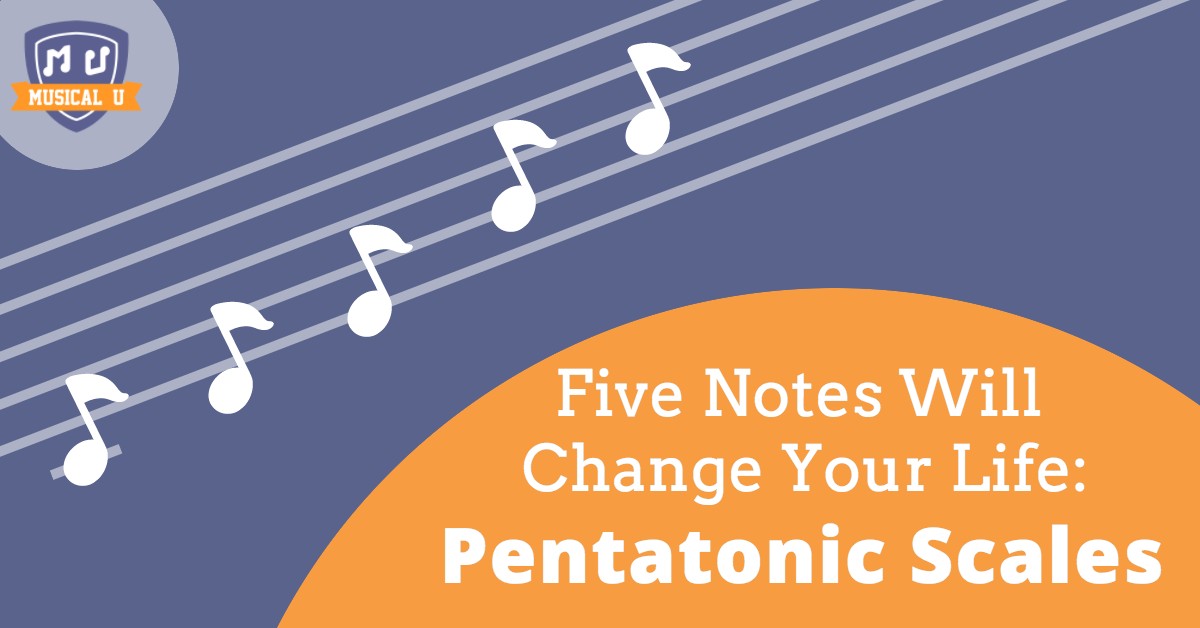


Five Notes Will Change Your Life Pentatonic Scales Musical U


Key Of E Major C Sharp Minor Freescaling Play To Learn



E Flat Major Scale Piano Music Theory



The Key Of E Major E Major Scale Key Signature Piano Chords And Common Chord Progressions Youtube
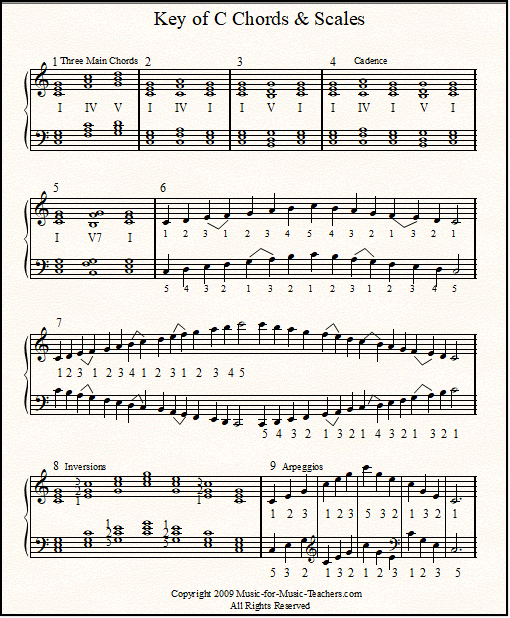


12 Major Scales Free Download For Piano Chords Arpeggios And Scales



Learn The 12 Major Scales Basic Music Theory
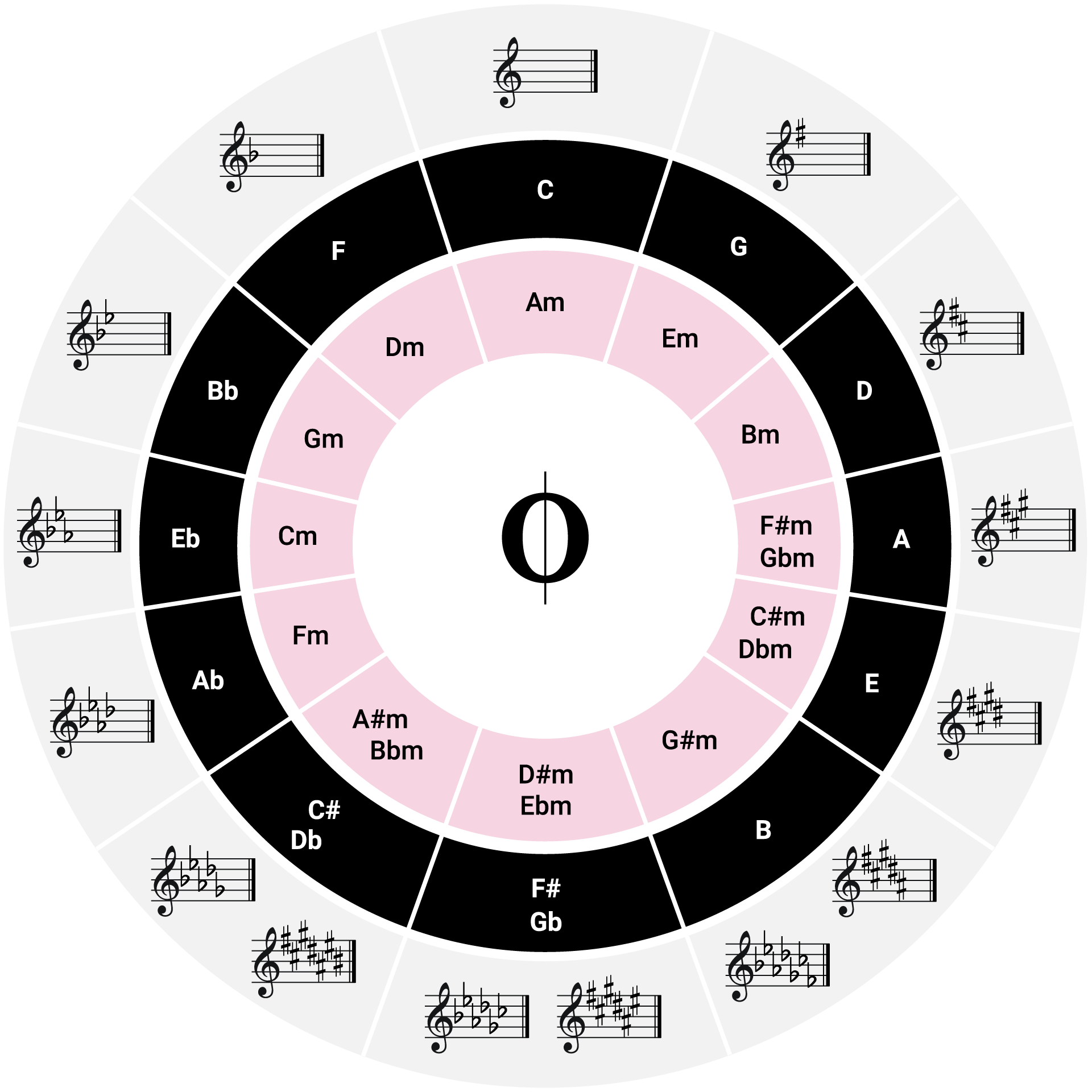


All Major And Minor Scales Including Fingering For Piano Oktav



B Flat Major Scale Piano Music Theory


The E Major Scale



Learn The 12 Major Scales Basic Music Theory
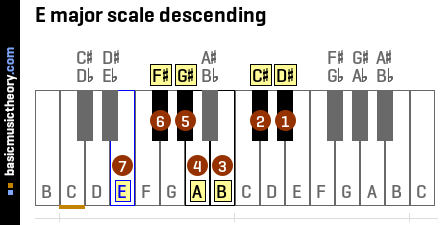


Basicmusictheory Com E Major Scale



12 Keys Of Music



C Major A Minor Scale Notes And Basic Chords For Piano



E Major Piano Scale Piano Scale Lessons Youtube


E Major Scale Keyboardist



Piano Major Scales Arpeggios Reason E Lo



E Major Scale All About Music Theory Com



Basicmusictheory Com E Major Scale
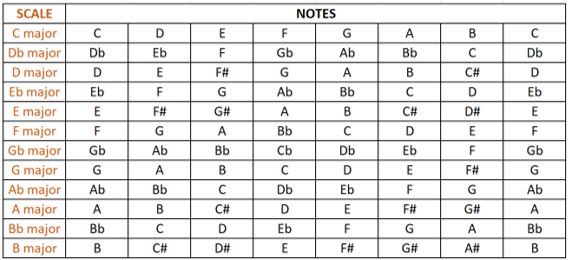


Shapes For Natural Major Scales Guitar And Piano Simplifying Theory
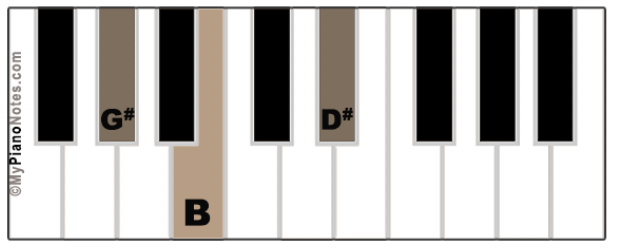


Chords In Key Of E Major All Triads Extensions Piano Examples
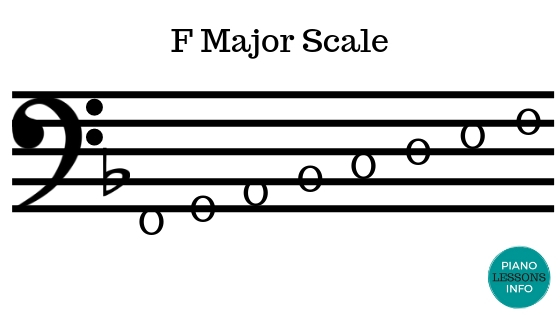


Bass Clef Scales Major Scales


Q Tbn And9gctxnpsqxnvatfsw8oblol65tfyl7gb4mdsmtqqxvyc05oihbk E Usqp Cau


Q Tbn And9gctbwrnn33zdi380vzdom4vel00qjvf5fl8p9gfvvheqm19jjaqk Usqp Cau
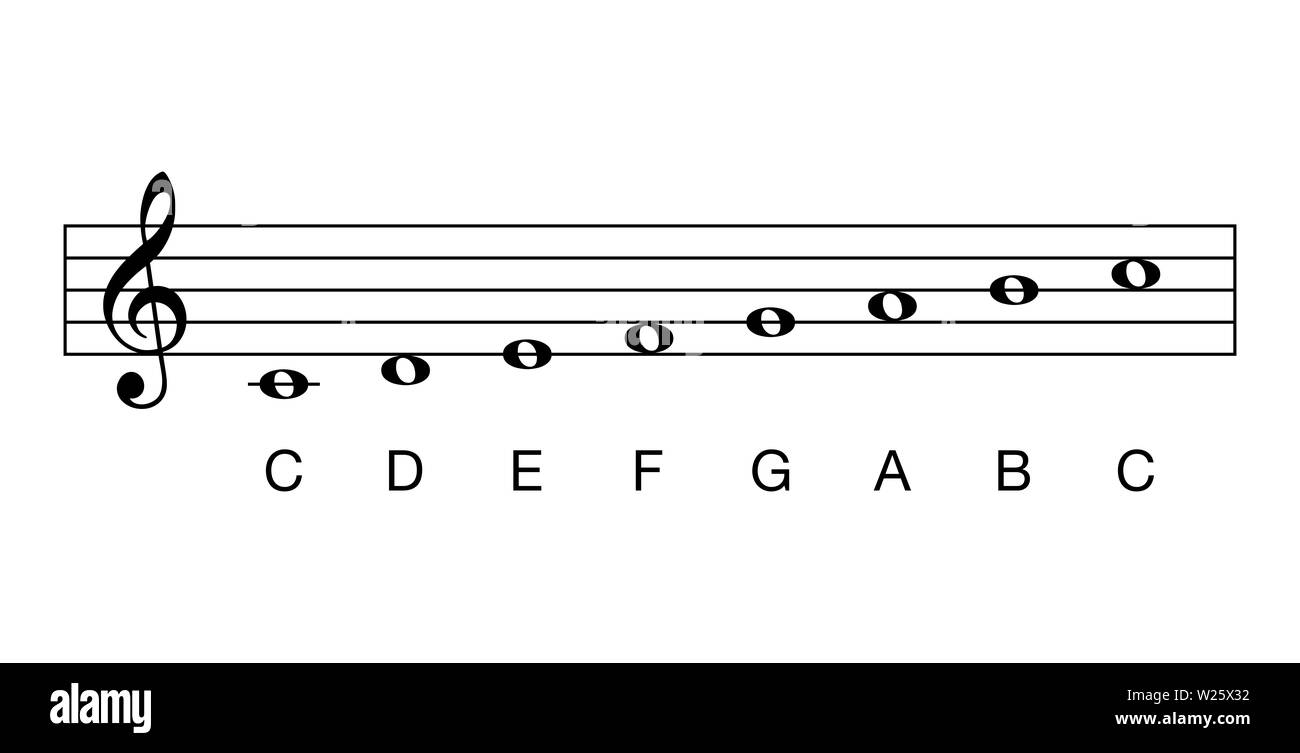


C Major Scale Full Notes Key Of C Major Scale Based On C One Of The Most Common Key Signatures In Western Music The White Keys On The Piano Stock Photo


The G Minor Scale Natural Harmonic And Melodic Notes Chords And More


The E Major Scale
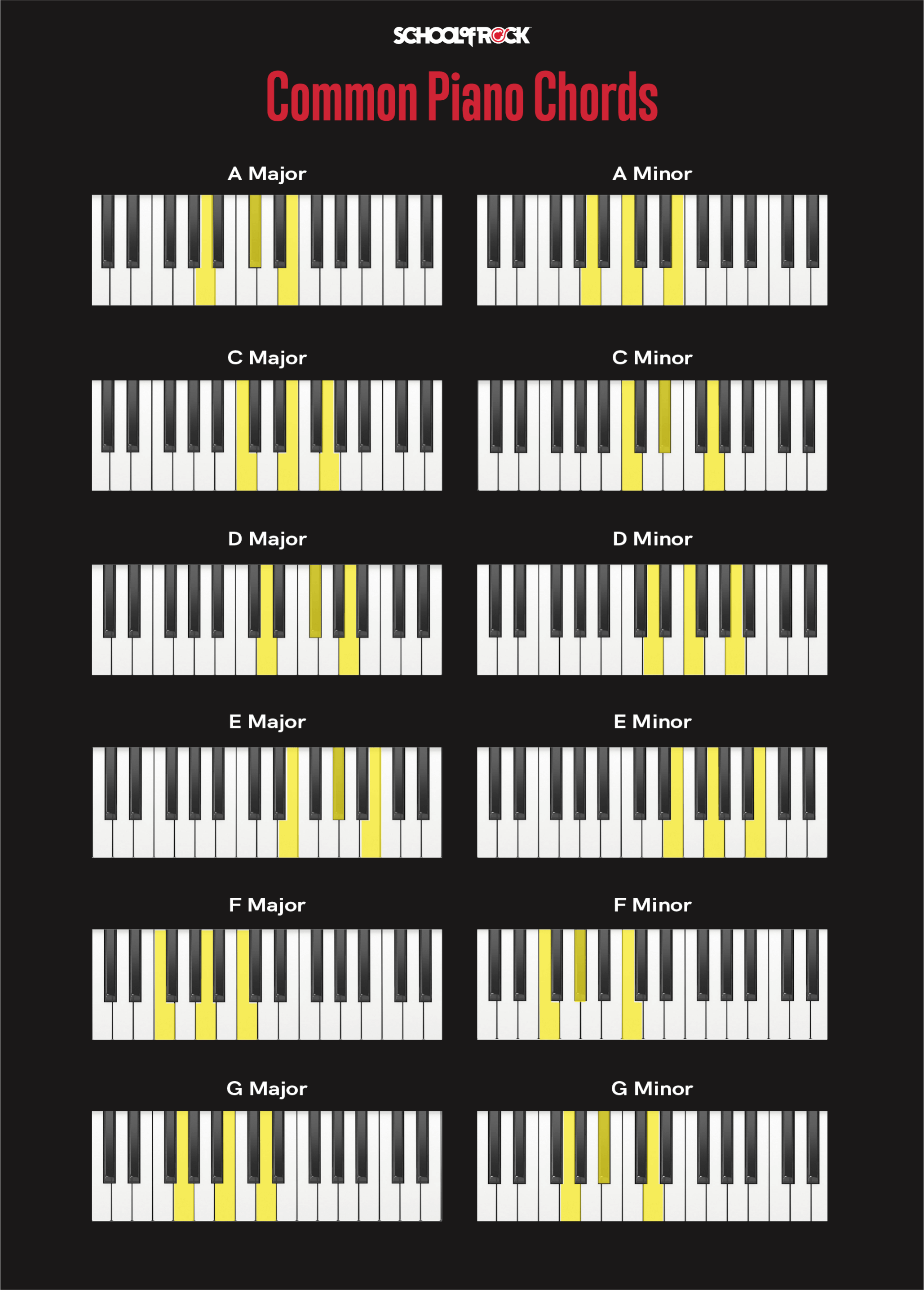


Piano Chords For Beginners School Of Rock



E Major Scale Music Theory
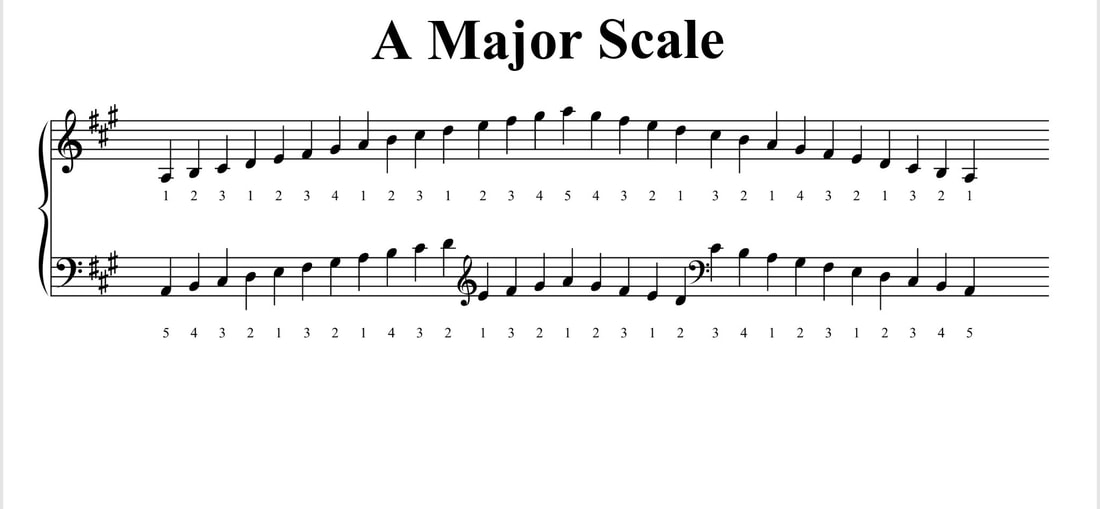


Piano Scales Tutorial Ruth Pheasant Piano Lessons


The 12 Major Scales


Chords In The Key Of E



A Major Scale Piano Music Theory



E Major Scale All About Music Theory Com



E Natural Minor Scale Piano Music Theory



E Major Scale All About Music Theory Com
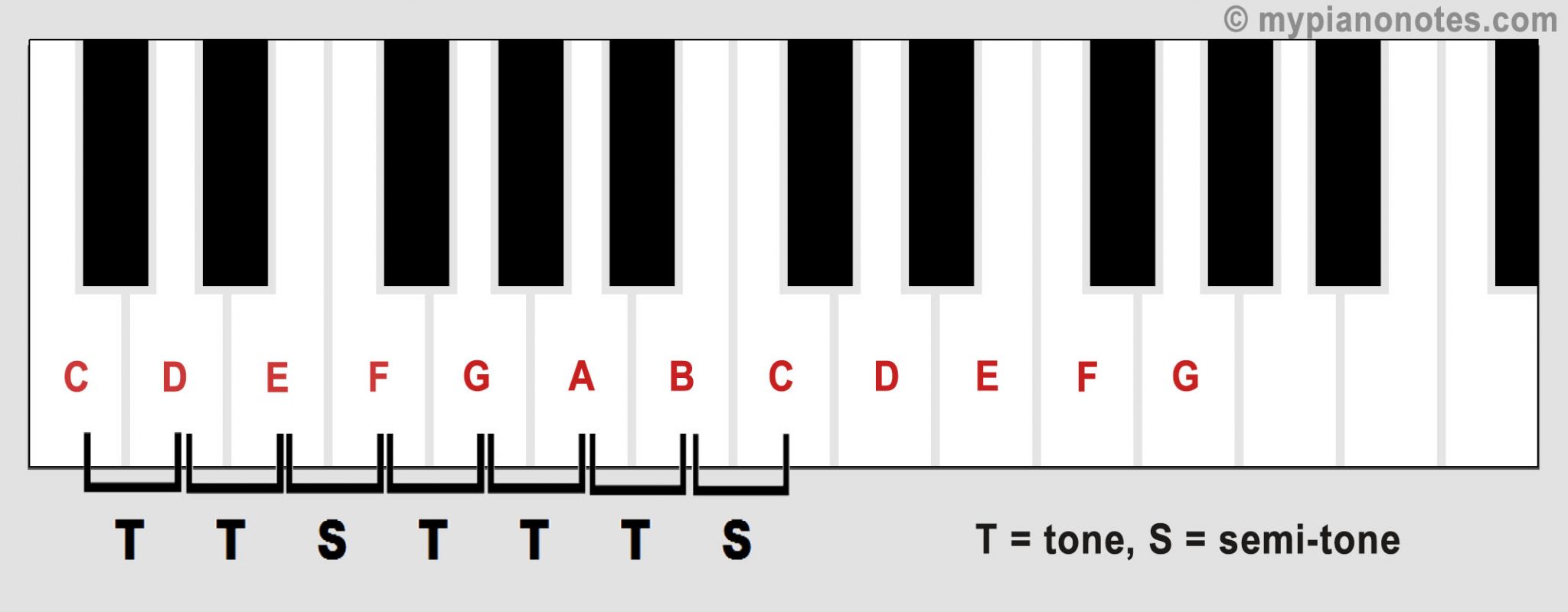


Piano Scales Complete Guide With Examples


Jazclass Jazz Scales Lesson Major Scale In All Keys
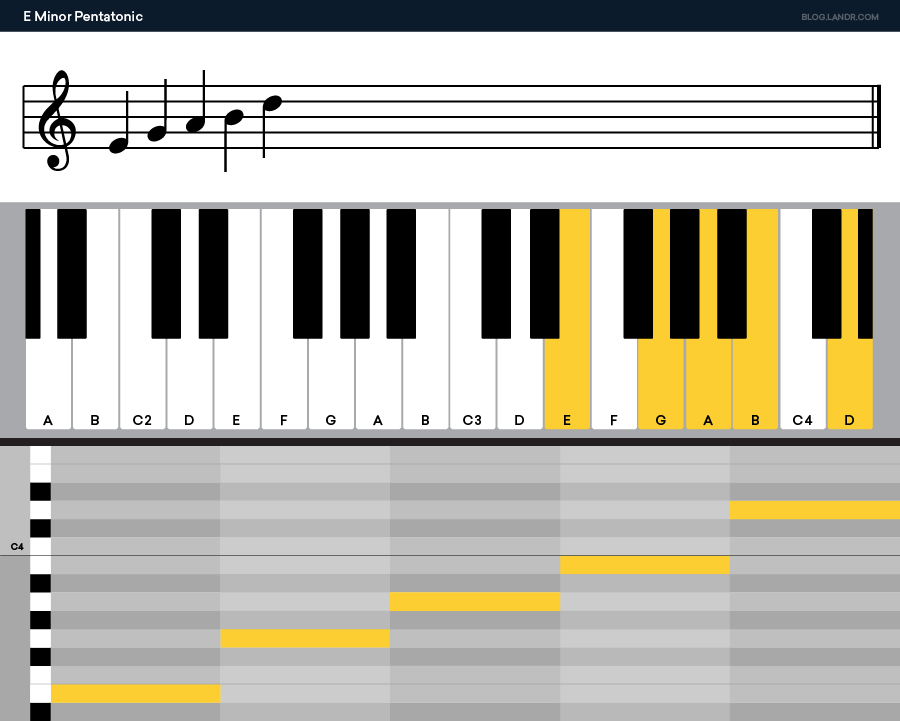


The Blues Scale How To Use It In Your Music Landr Blog


The G Minor Scale Natural Harmonic And Melodic Notes Chords And More


The 12 Major Scales



Major Scale Wikipedia



All 12 Major Scales


The E Flat Major Scale On Piano Treble And Bass Clef



Basicmusictheory Com E Blues Scale



E Major Scale All About Music Theory Com


The Scale



E Major Scale All About Music Theory Com



G A B C D E F G Are The Notes Of The G Major Scale Major Scale Minor Scale D Flat Major


Q Tbn And9gcshzq3tpsoa86yvqors Sgozlxgwpxeayqptkubocn 9ixeiir Usqp Cau


Seven Harmonies Of Music Basic Notation



All 12 Major Scales



How To Play The E Major Chord On Piano And Keyboard Youtube



E Major Scale Music Theory



E Major Scale All About Music Theory Com


Take 5 And Learn About The Pentatonic Scale Piano Lesson On The Web



F Major Scale Piano Music Theory



Piano Scales Tutorial Ruth Pheasant Piano Lessons



Pin On Piano Scales



Basic Piano Chords For Beginners I Chords Chart Diagrams



Understanding Piano Scales Major Minor And Blues Scales Updated 21



Learn The 12 Major Scales Basic Music Theory



Piano Scales Tutorial Ruth Pheasant Piano Lessons


Chords In The Key Of E


コメント
コメントを投稿